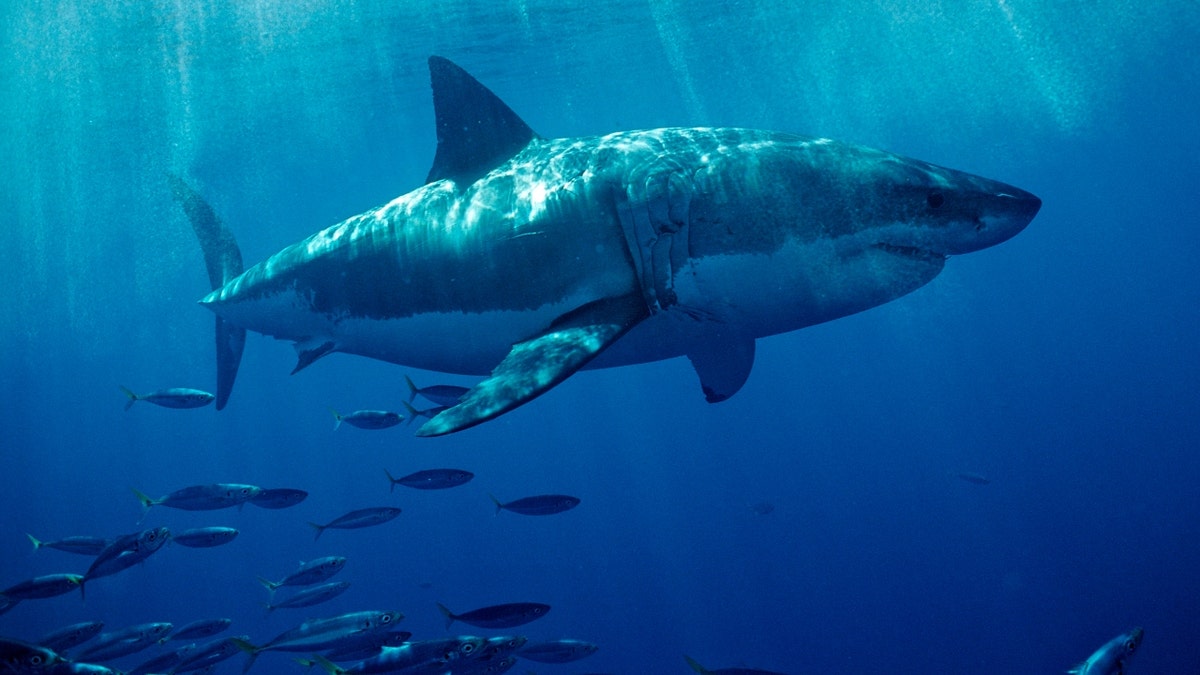The U.S. Department of Energy is reporting significant advancements in constructing a new ventilation shaft at the Waste Isolation Pilot Plant (WIPP), the nation's sole underground nuclear waste repository. Located in the New Mexico desert, this crucial upgrade aims to enhance operational capacity as the facility manages tons of waste accumulated from decades of research and bomb production.
Contractors have already excavated over a third of a mile into the desert, and they are approximately 250 feet away from the target depth. Ventilation has been a critical concern at WIPP since a 2014 radiation leak contaminated sections of the underground facility, leading to a costly three-year closure. This incident not only disrupted the federal government's extensive cleanup program but also triggered policy revisions at national laboratories and defense sites nationwide.

WIPP, carved into an ancient salt formation roughly half a mile underground near Carlsbad, accepted its first shipment of radioactive waste in 1999. The repository's design relies on the shifting salt to eventually encapsulate the waste permanently.
According to officials, approximately 13,000 yards of concrete have been employed to reinforce a portion of the new utility shaft. The remaining section will be fortified with steel mesh and bolts to stabilize the salt walls.
The construction process entails geological mapping, drilling, and blasting before the excavation of all materials to create space for the shaft. The complete ventilation system is projected to be operational by mid-2025, tripling the airflow within the facility.
However, environmental and nuclear watchdog organizations have expressed apprehension that the ventilation project could pave the way for future expansions of the repository.








